
Find Help
More Items From Ergsy search
-

Is impetigo contagious?
Relevance: 100%
-
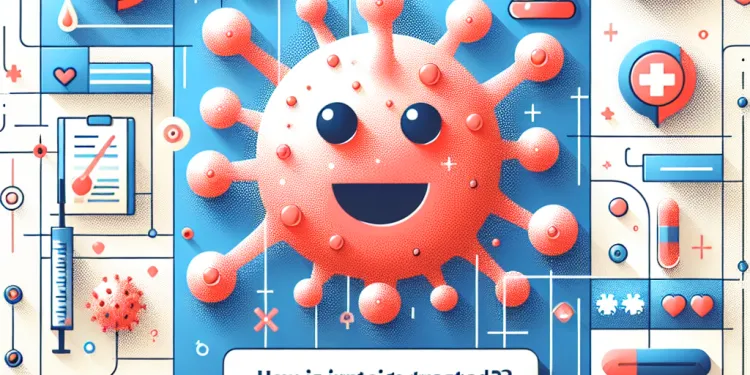
How is impetigo treated?
Relevance: 68%
-

Is there a vaccine for impetigo?
Relevance: 67%
-

Pharmacy First – Impetigo Service
Relevance: 64%
-
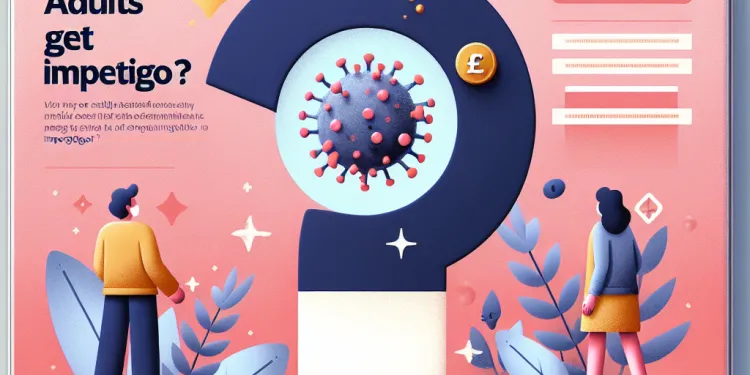
Can adults get impetigo?
Relevance: 64%
-

Is impetigo painful?
Relevance: 63%
-

Can impetigo become serious?
Relevance: 63%
-

How can I tell if I have impetigo?
Relevance: 61%
-

How long does it take for impetigo to heal?
Relevance: 60%
-

When should I seek medical help for impetigo?
Relevance: 60%
-

Can impetigo spread to other parts of my body?
Relevance: 60%
-

Minor ailment scheme - Impetigo
Relevance: 60%
-

How can I prevent the spread of impetigo?
Relevance: 59%
-
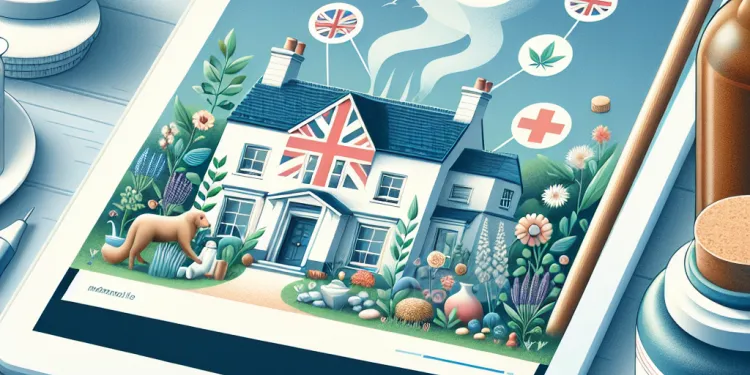
Are there any home remedies for impetigo?
Relevance: 59%
-

Can I get impetigo more than once?
Relevance: 57%
-
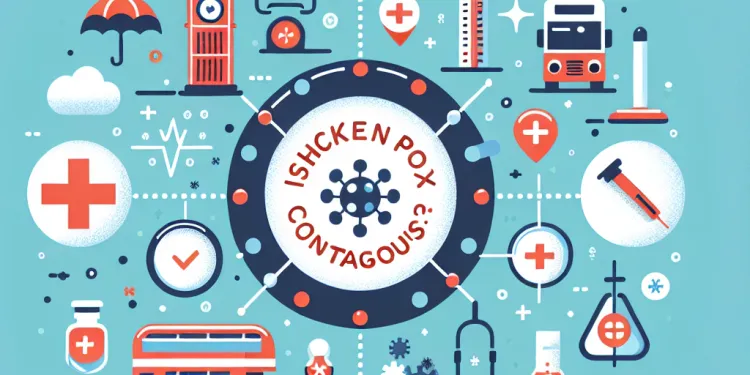
Is chickenpox contagious?
Relevance: 45%
-

Is meningitis contagious?
Relevance: 44%
-
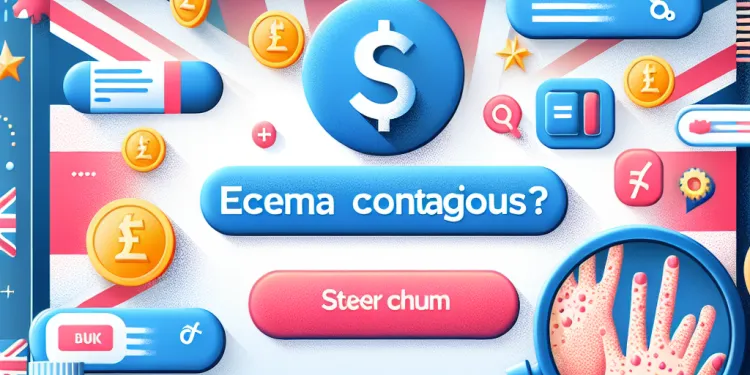
Is eczema contagious?
Relevance: 44%
-

Is shingles contagious?
Relevance: 43%
-
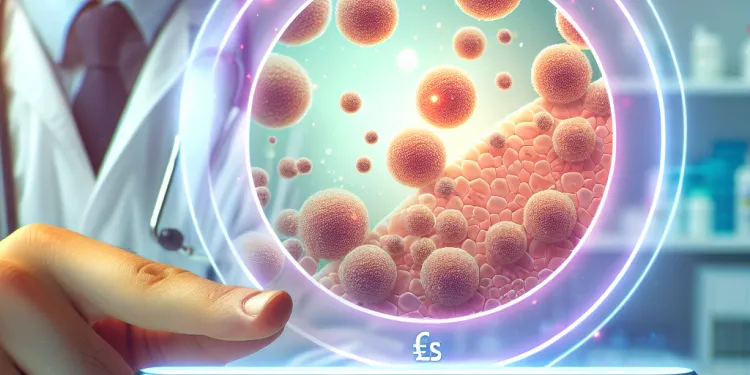
What should I do if my child has impetigo?
Relevance: 43%
-

Are nits contagious?
Relevance: 42%
-

Is shingles contagious?
Relevance: 41%
-

Are cold sores contagious?
Relevance: 40%
-

Is Crohn's disease contagious?
Relevance: 40%
-

Is nettle rash contagious?
Relevance: 38%
-

Is the Nimbus variant more contagious?
Relevance: 38%
-
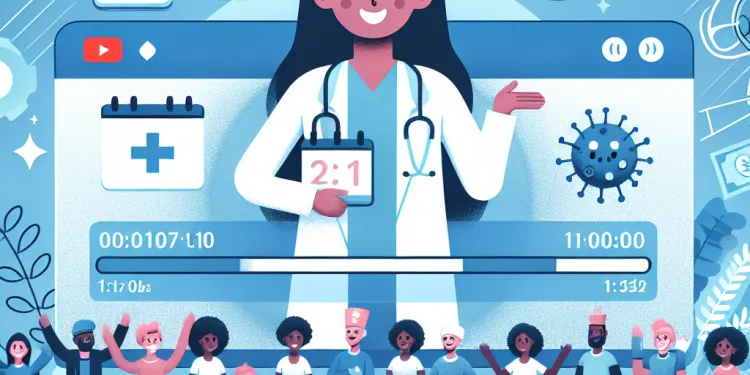
How long is a person with measles contagious?
Relevance: 37%
-
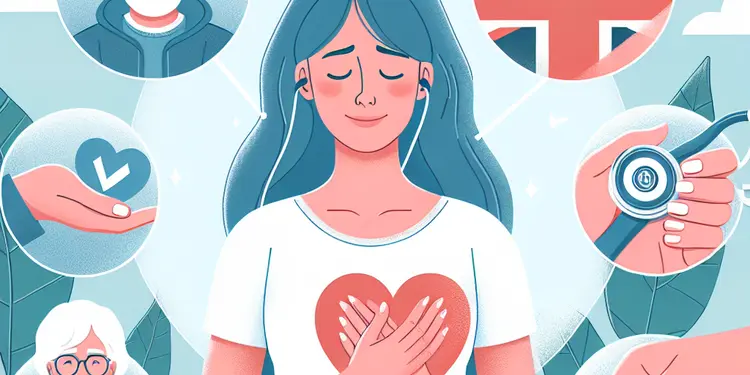
Is chronic fatigue syndrome contagious?
Relevance: 36%
-

Is the bubonic plague contagious between humans?
Relevance: 35%
-

Is Lyme disease contagious between humans?
Relevance: 33%
-

How is Rubella transmitted?
Relevance: 15%
-

How is measles transmitted?
Relevance: 15%
-
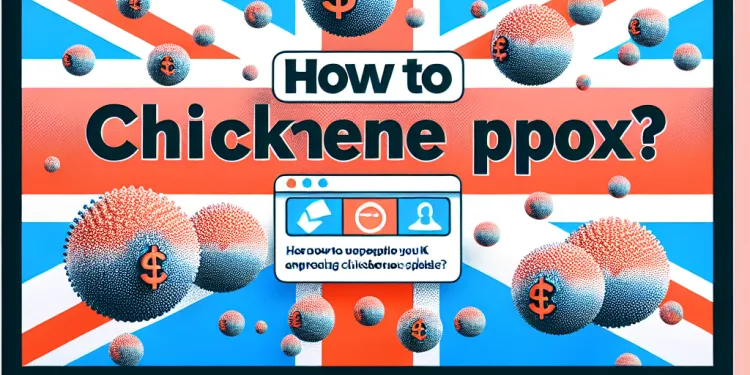
How is chickenpox spread?
Relevance: 14%
-

How is measles transmitted?
Relevance: 13%
-

Can adults get measles?
Relevance: 13%
-

How long does chickenpox last?
Relevance: 13%
-

How are cold sores transmitted?
Relevance: 13%
-

What is norovirus? (Diarrhoea and vomiting bug) | NHS
Relevance: 12%
-

What is Chickenpox?
Relevance: 12%
-

What should I do if I have norovirus?
Relevance: 12%
Introduction to Impetigo
Impetigo is a common and highly contagious skin infection that predominantly affects young children. It is characterized by red sores that can burst and develop honey-coloured crusts. These sores typically appear around the nose, mouth, hands, and feet. While impetigo is more frequently observed in children, it can affect individuals of any age, contributing to its status as a notable public health concern in the UK.
Is Impetigo Contagious?
The short answer is yes, impetigo is highly contagious. It spreads through direct contact with an infected person's sores or by coming into contact with items that have been contaminated, such as towels, clothes, and bedding. The bacteria responsible for impetigo, usually either Staphylococcus aureus or Streptococcus pyogenes, thrive in close quarters which is why outbreaks frequently occur in settings like schools and nurseries.
How is Impetigo Transmitted?
Impetigo can be transmitted in several ways. Direct skin-to-skin contact with the infected sores is the most common mode of transmission. Additionally, touching items that someone with impetigo has used can lead to the spread of the infection. For instance, bacteria can transfer from contaminated surfaces like door handles and toys to the skin of a healthy person, who then may develop symptoms of impetigo. The bacteria can also enter through small cuts, insect bites, or other breaks in the skin, increasing the risk of infection.
Preventing the Spread of Impetigo
To reduce the transmission of impetigo, it is essential to practice good hygiene. Affected individuals should keep the sores clean and covered with bandages to minimize contact with others. Regular handwashing with soap and warm water is crucial, especially after touching affected areas or change bandages. Personal items such as towels and clothing should not be shared until the sores have healed completely. Moreover, keeping fingernails short and clean can prevent the spread of bacteria from scratching the sores.
Treatment and Recovery
Impetigo is generally treated with antibiotics, which may be topical ointments or oral medications, depending on the severity of the infection. Treatment can help reduce the spread of the disease and quicken recovery. It is important for individuals diagnosed with impetigo to follow the healthcare provider's instructions and complete the entire course of medication, even if symptoms improve quickly. This ensures the infection is fully eradicated and minimizes the risk of developing resistance to the antibiotics.
Conclusion
In summary, impetigo is a highly contagious skin infection that requires attention and care to prevent its spread, particularly among children in close-contact settings. Practicing good hygiene, covering sores, and adhering to treatment plans can effectively manage and contain impetigo. Awareness and proactive measures are key to protecting both individual health and public well-being in the UK.
Introduction to Impetigo
Impetigo is a skin infection that spreads easily. It mostly happens in young children. You can see red sores that might burst and form a yellow crust. These sores usually show up around the nose, mouth, hands, and feet. Though children get it more, anyone can catch impetigo. This is why it's important to know about it in the UK.
Is Impetigo Contagious?
Yes, impetigo spreads easily from one person to another. You can catch it by touching someone’s sores or things like towels, clothes, and bedding that touched the sores. The germs that cause impetigo love crowded places. That's why it spreads quickly in schools and nurseries.
How is Impetigo Transmitted?
You can get impetigo in a few ways. The most common way is by touching the sores of someone with impetigo. You can also catch it by touching things the person used, like door handles and toys. The germs can get into your skin through cuts, insect bites, or other skin openings, making it easier for you to get infected.
Preventing the Spread of Impetigo
To stop impetigo from spreading, keep good hygiene. Cover the sores with bandages to stop others from touching them. Wash your hands often with soap and warm water, especially after touching the sores or changing bandages. Don’t share personal items like towels and clothing until the sores heal. Keep your nails short and clean to avoid spreading germs if you scratch the sores.
Treatment and Recovery
Doctors usually treat impetigo with medicine called antibiotics. These can be creams or pills, depending on how bad the infection is. The medicine helps stop the infection from spreading and helps you get better faster. It’s very important to follow the doctor’s advice and take all the medicine, even if you start feeling better. This will make sure all the germs are gone and help stop the germs from becoming strong against the medicine.
Conclusion
To sum up, impetigo is a skin infection that spreads easily. We need to take care to stop it from spreading, especially among children. Good hygiene, covering sores, and following treatment instructions help control impetigo. Being aware and taking action is important for personal and public health in the UK.
Frequently Asked Questions
What is impetigo?
Impetigo is a common and highly contagious skin infection that mainly affects infants and young children.
Is impetigo contagious?
Yes, impetigo is highly contagious and can spread easily through direct contact with an infected person or by touching items they have used.
How is impetigo spread?
Impetigo is spread through direct contact with the sores of an infected person or by touching objects like towels, clothing, or bedding that have been used by someone with the infection.
Can adults get impetigo?
Yes, while more common in children, adults can also contract impetigo, especially if they come into close contact with an infected person.
What are the symptoms of impetigo?
Symptoms of impetigo include red sores that quickly rupture, ooze for a few days and then form a yellowish-brown crust.
How long is impetigo contagious?
Impetigo is contagious until the sores heal, or for at least 24-48 hours after starting antibiotic treatment.
What types of impetigo are there?
There are two main types of impetigo: non-bullous impetigo, which is more common, and bullous impetigo, which involves larger blisters.
How can you prevent the spread of impetigo?
To prevent the spread of impetigo, keep sores covered, wash hands frequently, and avoid sharing personal items with the infected person.
What causes impetigo?
Impetigo is typically caused by Staphylococcus aureus or Streptococcus pyogenes bacteria.
Can impetigo go away on its own?
Mild cases of impetigo can clear up on their own, but treatment with antibiotics can speed up the healing process and reduce the risk of spreading.
Can impetigo be treated with home remedies?
While hygiene measures can help, medical treatment is typically needed to effectively treat impetigo and prevent complications.
How is impetigo diagnosed?
Impetigo is usually diagnosed based on its appearance. A doctor may take a swab of the affected area to confirm the diagnosis.
Why is impetigo more common in children?
Children are more susceptible to impetigo because their immune systems are still developing, and they are more likely to come into close contact with others.
What are the risk factors for impetigo?
Risk factors for impetigo include young age, warm and humid climates, crowded conditions, and participation in activities involving close contact.
How can impetigo be treated?
Impetigo is typically treated with topical or oral antibiotics to help clear the infection and prevent it from spreading.
Is impetigo dangerous?
While impetigo is usually not serious, it can lead to complications if left untreated, like deeper skin infections or kidney problems.
Can impetigo recur after treatment?
Yes, impetigo can recur, especially if the environmental factors that promote it (like warm weather and close contact) persist.
Are there any complications associated with impetigo?
Complications from impetigo can include cellulitis, kidney inflammation, and scarring, although these are relatively rare.
How quickly do symptoms of impetigo appear after exposure?
Symptoms of impetigo typically appear 4-10 days after exposure to the bacteria.
Can pets spread impetigo?
While impetigo itself is not spread by pets, the bacteria that cause impetigo are not specific to humans, so it's possible for pets to carry the bacteria on their skin or fur.
What is impetigo?
Impetigo is a skin infection. It can make your skin red and itchy. You might get blisters or sores. It is caused by bacteria. You can catch it by touching someone who has it. Washing your hands can help stop it from spreading.
If you think you have impetigo, tell a grown-up or see a doctor. They can give you medicine to help.
Impetigo is a skin infection. It spreads easily to other people. It mostly happens to babies and young kids.
Can you catch impetigo from someone else?
Yes, impetigo can spread very easily. You can catch it from touching someone who has it or by using things they have used.
How does impetigo spread?
Impetigo is a skin infection. It can spread from one person to another. Here are some ways it can spread:
- Touch: If you touch someone's skin who has impetigo, you might get it too.
- Shared items: Using towels, clothes, or toys that someone with impetigo has used can spread it.
- Scratching: If someone with impetigo scratches their skin, germs can get on their hands. Then, if they touch something, it can spread the germs.
Here are some tips to help stay safe:
- Wash your hands often with soap and water.
- Try not to touch sores or scabs.
- Keep your nails short so you do not scratch your skin too much.
If you think you have impetigo, talk to a doctor or nurse.
Impetigo is a skin infection that you can catch if you touch someone's sores who has it. You can also get it if you touch things like towels, clothes, or bedding that someone with impetigo has used.
Can grown-ups catch impetigo?
Yes, grown-ups can get impetigo. It's a skin infection. Both kids and grown-ups can have it.
Here are some tips to help:
- Wash your hands often.
- Try not to touch infected areas.
- If you think you have impetigo, see a doctor.
Yes, grown-ups can get impetigo too. It's more common in children, but adults can catch it if they are near someone who has it.
What signs show you have impetigo?
Impetigo is a skin infection.
Look for these signs:
- Red sores on the face, especially around the nose and mouth
- Sores can burst and become crusty, like honey
- Itchy skin
If you think someone has impetigo, talk to a doctor.
Support Tools:
- Use simple words when talking about it.
- Show pictures of the signs to help understand.
- Ask someone for help if you need it.
If you have impetigo, you might see red spots on your skin. These spots can break open, leak some fluid, and then get a yellowish-brown crust on them.
How long can you give impetigo to someone else?
Impetigo can spread to others until the sores go away. If you start taking medicine, it usually stops spreading after 1 to 2 days.
What kinds of impetigo are there?
Impetigo is a skin infection. There are two main kinds:
- Blister impetigo - This kind has blisters that can pop.
- Crusty impetigo - This kind has sores with a yellow crust.
To help understand, you can:
- Look at pictures of impetigo.
- Use simple words to talk about it.
- Have someone explain it to you in person.
There are two main kinds of impetigo. The first kind is called non-bullous impetigo, and it happens a lot. The second kind is called bullous impetigo, and it has big blisters.
How to Stop Impetigo from Spreading
Impetigo is a skin infection. Here is how to stop it from spreading:
- Wash your hands often with soap and water.
- Try not to touch the sores.
- Keep the sores clean and covered with a bandage.
- Wash clothes, towels, and bed sheets in hot water.
- Do not share personal items like towels or toys.
If you think you have impetigo, go to the doctor. They can help you.
Ask an adult for help if you need it. Use pictures to understand better.
To stop impetigo from spreading, do these things:
- Cover the sores.
- Wash your hands often.
- Do not share things like towels or brushes with the sick person.
You can also use reminder notes to help you remember these steps.
What makes impetigo happen?
Impetigo is a skin infection. Tiny germs called bacteria cause it. The bacteria get into the skin through cuts or bites. It's easy to catch from someone else. You might need help from a doctor to get better.
Here are some tools to help:
- Ask an adult to read to you.
- Look at pictures to understand more.
- Use apps or videos that help explain things.
Impetigo is a skin infection. It is usually caused by two types of germs called Staphylococcus aureus and Streptococcus pyogenes.
Will impetigo go away without help?
Impetigo is a skin infection. It can sometimes go away by itself, but it is better to see a doctor. A doctor can give medicine to make it go away faster.
Here are some things that can help:
- Wash your hands often.
- Keep the sore areas clean and covered.
- Try not to touch or scratch the sores.
Talking to an adult is a good idea if you have any worries.
Sometimes, impetigo can get better by itself. But taking medicine called antibiotics can help it heal faster and stop it from spreading to others.
Can you treat impetigo at home?
Impetigo is a skin infection. It makes red sores or blisters. You should see a doctor if you think you have impetigo.
Here are some things you can do at home to help:
- Keep the skin clean and dry.
- Wash hands often to stop germs from spreading.
- Cover sores with a clean bandage.
- Do not scratch the sores.
These tips may help, but a doctor can give you medicine to make impetigo go away faster.
You can use pictures or videos to learn more about impetigo.
Keeping clean is good, but medicine is usually needed to make impetigo better and stop problems from happening.
How do doctors know if someone has impetigo?
Doctors can tell if someone has impetigo by looking at the skin. Sometimes, they use a cotton swab to collect a sample from the skin to make sure it's impetigo.
Why Do Children Get Impetigo More Often?
Children can get impetigo more because their skin is still growing. They might scratch their skin when it itches, and this can let germs in. Also, children often play close together, which makes it easier for germs to spread.
Here are some things to help:
- Wash hands often with soap and water.
- Keep cuts and scrapes clean and covered.
- Try not to scratch itchy skin.
Children can get impetigo more easily. This is because their bodies are still getting stronger, and they often play close to other kids.
What can make people get impetigo?
There are things that make it easier to get impetigo:
- Being a young child.
- Living in warm and wet places.
- Being in crowded places.
- Playing sports or games with a lot of touching.
To help understand, you can use pictures or ask someone to explain it with you.
How can you treat impetigo?
Impetigo is a skin infection. It can make you feel itchy. To treat it, you can:
- Wash your hands often to stop germs.
- Use special cream from the doctor.
- Keep sores clean and covered.
- Don't scratch the sores.
- Use tissues, not your hands, to touch your face.
Ask a grown-up if you need more help. They can take you to the doctor. You can also use pictures to help understand. These tools can help you feel better:
- Use picture charts to follow steps.
- Watch videos that show how to stay clean.
Impetigo is a skin infection. Doctors usually use special medicine called antibiotics to help get rid of the infection. Antibiotics can be a cream you put on your skin or a medicine you swallow. They also stop the infection from spreading.
Is impetigo dangerous?
Impetigo is a skin infection. It can make your skin red and sore. Most of the time, it is not really dangerous. But you should see a doctor to make it better. They will give you medicine.
Here are some tips to help:
- Wash your hands often.
- Don’t touch the sore areas.
- Keep your skin clean and dry.
- Tell an adult if you feel unwell.
It's important to get help from a doctor to take care of it quickly.
Impetigo is not usually a big problem. But if you do not take care of it, it can cause other problems. It might make skin infections worse or cause kidney trouble.
Can you get impetigo again after being treated?
Yes, impetigo can come back. This happens more if it is warm outside or if people are close to each other.
Here are some things that can help:
- Wash hands often with soap.
- Keep cuts and scratches clean.
- Do not share towels or clothes.
- See a doctor if skin looks red or has blisters.
Can impetigo cause any problems?
Impetigo is a skin infection. Sometimes, it can cause problems. Here are some things that might happen:
- Skin gets worse: The sore or rash can spread or take longer to heal.
- Scars: Sometimes, marks or scars can stay on the skin.
- Other infections: The infection can spread to other parts of your body.
If you think you have impetigo, tell a grown-up or a doctor. They can help make it better. To understand more, you can use picture books or videos. They make it easier to see how it works. If reading is hard, ask someone to read it with you or use tools like audiobooks.
Sometimes, impetigo can cause other problems. These might be:
- Cellulitis: This is when the skin gets swollen and red.
- Kidney problems: The kidneys might get hurt and not work well.
- Scars: The skin might have marks left behind.
But don't worry, these problems don't happen very often.
How fast do signs of impetigo show up after you catch it?
Signs of impetigo usually show up 4 to 10 days after coming in contact with the germs.
Can pets give people impetigo?
Pets do not spread the sickness called impetigo. But pets can have the germs that cause impetigo on their skin or fur.
Useful Links
- Ergsy carfully checks the information in the videos we provide here.
- Videos shown by Youtube after a video has completed, have NOT been reviewed by ERGSY.
- To view, click the arrow in centre of video.
- Most of the videos you find here will have subtitles and/or closed captions available.
- You may need to turn these on, and choose your preferred language.
- Go to the video you'd like to watch.
- If closed captions (CC) are available, settings will be visible on the bottom right of the video player.
- To turn on Captions, click settings .
- To turn off Captions, click settings again.
More Items From Ergsy search
-

Is impetigo contagious?
Relevance: 100%
-

How is impetigo treated?
Relevance: 68%
-

Is there a vaccine for impetigo?
Relevance: 67%
-

Pharmacy First – Impetigo Service
Relevance: 64%
-

Can adults get impetigo?
Relevance: 64%
-

Is impetigo painful?
Relevance: 63%
-

Can impetigo become serious?
Relevance: 63%
-

How can I tell if I have impetigo?
Relevance: 61%
-

How long does it take for impetigo to heal?
Relevance: 60%
-

When should I seek medical help for impetigo?
Relevance: 60%
-

Can impetigo spread to other parts of my body?
Relevance: 60%
-

Minor ailment scheme - Impetigo
Relevance: 60%
-

How can I prevent the spread of impetigo?
Relevance: 59%
-

Are there any home remedies for impetigo?
Relevance: 59%
-

Can I get impetigo more than once?
Relevance: 57%
-

Is chickenpox contagious?
Relevance: 45%
-

Is meningitis contagious?
Relevance: 44%
-

Is eczema contagious?
Relevance: 44%
-

Is shingles contagious?
Relevance: 43%
-

What should I do if my child has impetigo?
Relevance: 43%
-

Are nits contagious?
Relevance: 42%
-

Is shingles contagious?
Relevance: 41%
-

Are cold sores contagious?
Relevance: 40%
-

Is Crohn's disease contagious?
Relevance: 40%
-

Is nettle rash contagious?
Relevance: 38%
-

Is the Nimbus variant more contagious?
Relevance: 38%
-

How long is a person with measles contagious?
Relevance: 37%
-

Is chronic fatigue syndrome contagious?
Relevance: 36%
-

Is the bubonic plague contagious between humans?
Relevance: 35%
-

Is Lyme disease contagious between humans?
Relevance: 33%
-

How is Rubella transmitted?
Relevance: 15%
-

How is measles transmitted?
Relevance: 15%
-

How is chickenpox spread?
Relevance: 14%
-

How is measles transmitted?
Relevance: 13%
-

Can adults get measles?
Relevance: 13%
-

How long does chickenpox last?
Relevance: 13%
-

How are cold sores transmitted?
Relevance: 13%
-

What is norovirus? (Diarrhoea and vomiting bug) | NHS
Relevance: 12%
-

What is Chickenpox?
Relevance: 12%
-

What should I do if I have norovirus?
Relevance: 12%


